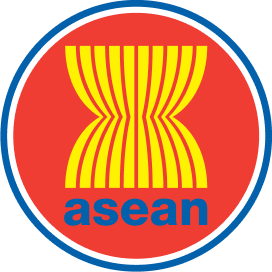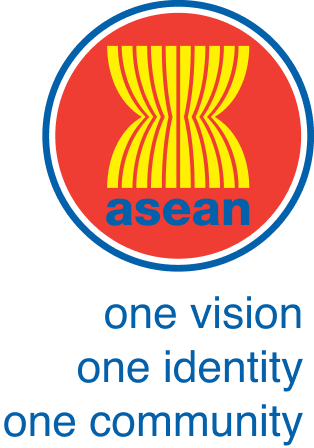

EXECUTIVE SUMMARY
ASEAN continues to undergo urbanisation; more than half the population of ASEAN Member States (AMS) will live in cities by 2030. While urbanisation contributes to economic growth, it may also increase inequality. The number of urban residents living in slum areas in AMS continues to decrease, albeit at a near-stagnant rate.
Analysis of aggregate data obscures the deprivations experienced by the urban poor. Increased awareness of spatial differences and urban poverty’s complexities will improve ASEAN’s focus on sustainable urbanisation and urban infrastructure development. While ASEAN’s urban populations are in general more affluent than their rural counterparts, analysis of multidimensional poverty data indicates that some urban dwellers have limited access to adequate living space and various basic services, particularly those residing in “pockets of poverty”, e.g., urban areas with a high concentration of poverty. The specific needs of those living in those pockets have been largely unexplored.
RECOMMENDATIONS
To addressing poverty in ASEAN, AMS:
● May consider refining its conceptualisation of urban poverty and increase its sensitivity to spatial differences and pockets of poverty.
● May develop a specific platform or expand existing mechanisms, such as the ASEAN Smart City Network, to enhance monitoring and cooperation in urban poverty eradication and pockets of poverty.
● Might benefit from encouraging AMS to support community level interventions that involve directly the urban poor.
● May consider developing initiatives with ASEAN Dialogue Partners to evaluate best practices and exchange knowledge on community-centred initiatives.
● Might consider the possibility of undertaking more studies to identify, map, and understand pockets of poverty in AMS.
● May streamline rural and urban poverty eradication efforts by emphasising the link between rural poverty and its impact on urbanisation.







